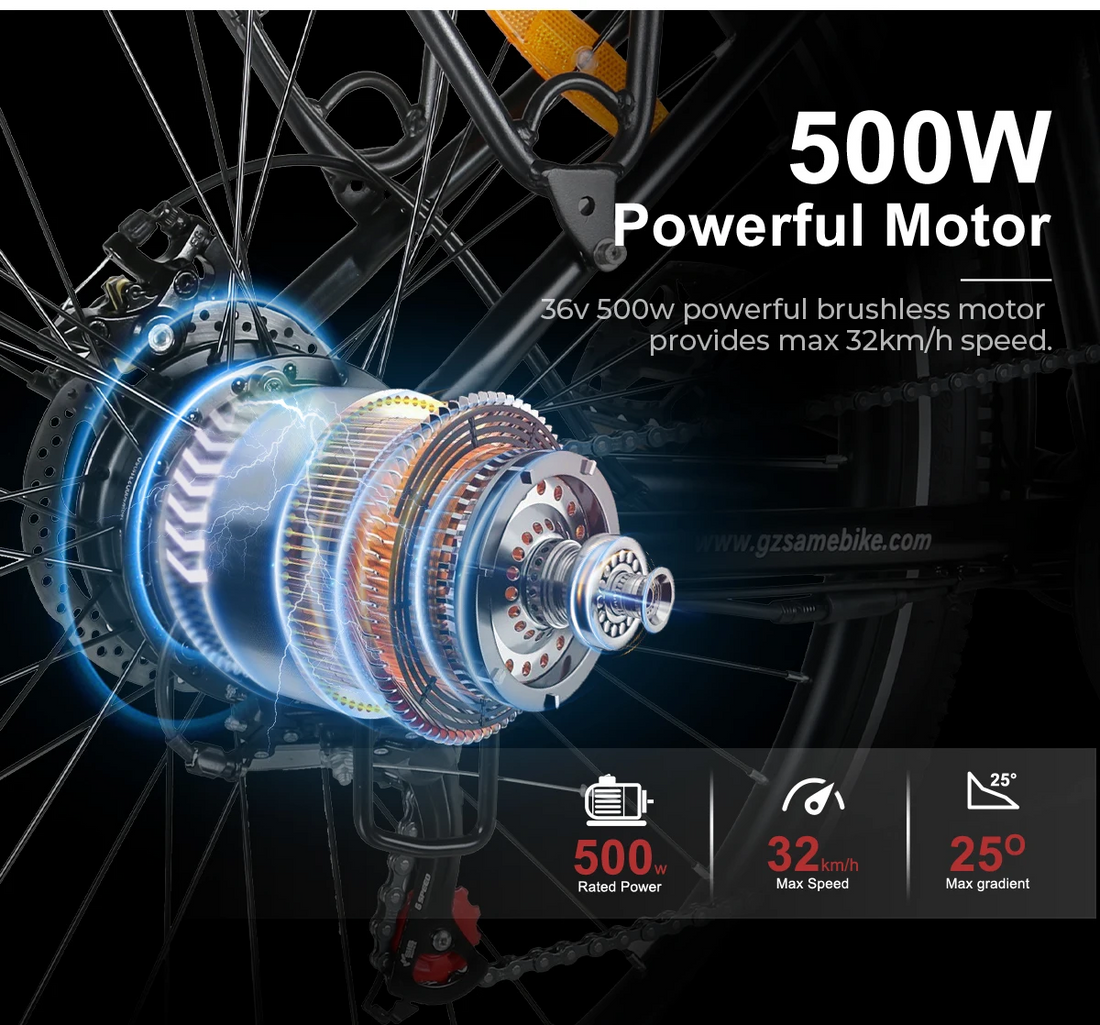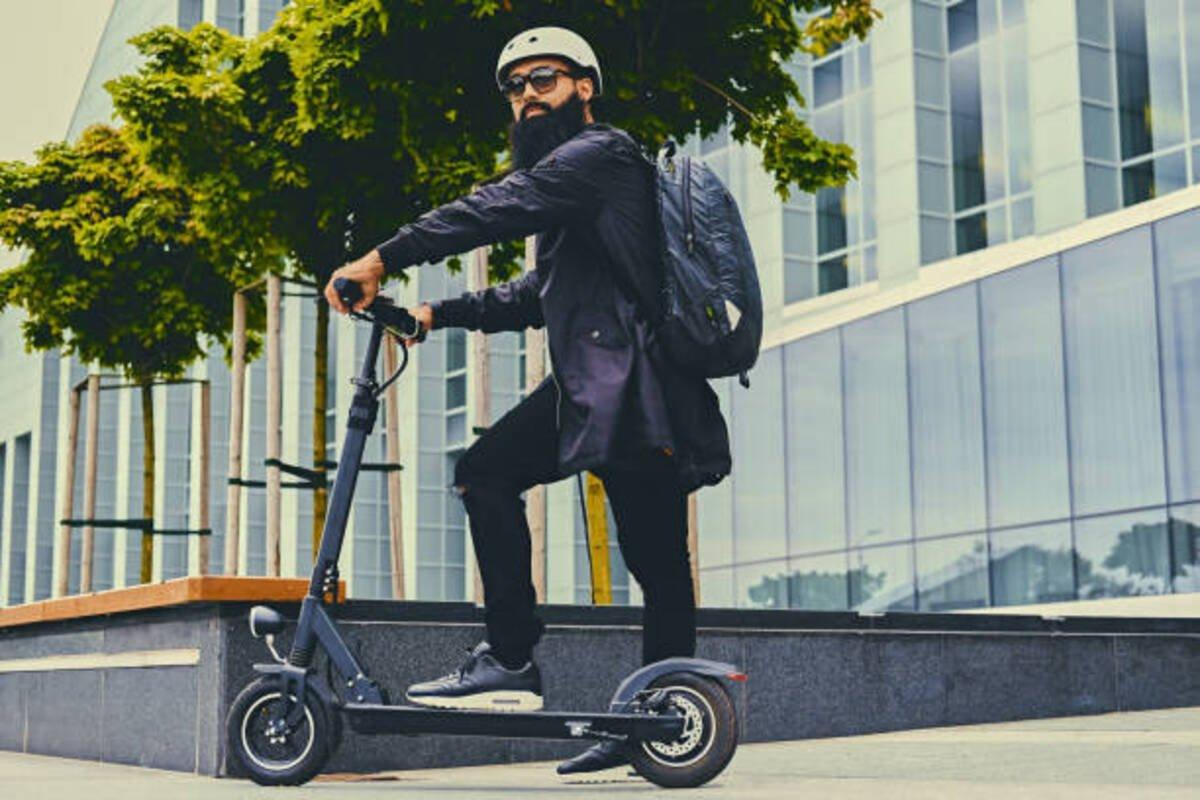
The Ultimate Guide to Electric Scooter Motors
Share
The Ultimate Guide to Electric Scooter Motors
When delving into the world of electric scooters, one of the most critical components to understand is the motor—it's the heart of the scooter, determining everything from speed and acceleration to efficiency and range. This comprehensive guide will break down everything you need to know about electric scooter motors, helping you make informed decisions whether you're buying your first scooter or looking to upgrade.
What Powers Your Ride? Understanding Scooter Motors
1. Importance of Motor Type and Power
Electric scooters are propelled by motors, and the type of motor greatly influences the scooter's performance. Motors are primarily rated by their power, which is measured in watts. The higher the wattage, the more power the motor can deliver. This translates to quicker acceleration, higher top speeds, and better hill-climbing ability. Most scooters will have their motors integrated into one or both of the wheels, and these are known as hub motors.
2. Types of Electric Scooter Motors
There are two main types of motors used in electric scooters:
-
Brushless Direct Current (BLDC) Motors: These motors are more efficient and longer-lasting. They operate without brushes, reducing friction, which not only prolongs the motor’s life but also enhances performance. The majority of modern electric scooters are equipped with BLDC motors due to their reliability and efficiency.
-
Brushed DC Motors: Less common in newer models, brushed motors are an older technology. They use brushes that make physical contact with the motor's spinning part, which can wear out over time and reduce efficiency. Though cheaper, they are noisier and require more maintenance.
3. Motor Power and Wattage Explained
Motor wattage affects not just the speed and acceleration but also the scooter's ability to carry weight and tackle inclines. Electric scooters typically range from 250 watts for basic models suitable for flat terrains and light use, up to 2000 watts or more for high-performance models capable of high speeds and steep inclines.
- 250-500 Watts: Ideal for flat terrains and moderate speeds.
- 500-1000 Watts: Offers good speed and can handle moderate inclines.
- 1000+ Watts: High performance, suitable for heavier riders and steep inclines.
4. Peak Power vs. Continuous Power
When assessing motor power, it’s important to differentiate between peak power and continuous power:
- Peak Power: This is the maximum power the motor can handle in short bursts. It's useful for overcoming steep hills or quick acceleration.
- Continuous Power: This is the power the motor can sustain over longer periods without overheating. It is a more reliable indicator of the scooter’s performance.
Choosing the Right Motor for Your Needs
When selecting an electric scooter, consider how you plan to use it:
- Commuting: Look for a motor with enough continuous power to handle your daily route, with attention to any hills or rough terrain you may encounter.
- Recreational Use: If you're riding mostly for fun on flat terrains, a scooter with a motor power of 250 to 500 watts might suffice.
- Performance Riding: For off-road use or high-speed thrill-seeking, consider a scooter with 1000 watts or more.
Conclusion
Understanding the different aspects of electric scooter motors can significantly enhance your experience and satisfaction with your scooter. By choosing the right motor based on your specific needs—whether it's commuting, leisure, or performance riding—you can ensure optimal performance and enjoyment from your ride. So, dive in, select wisely, and enjoy the dynamic world of electric scootering!




